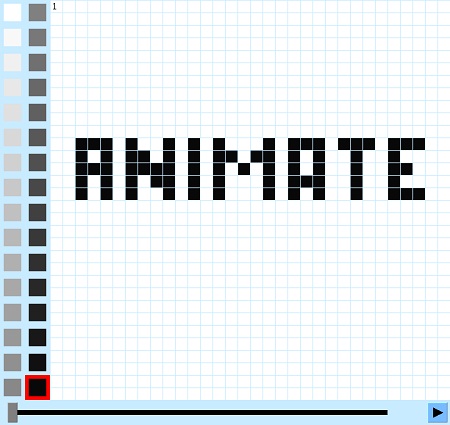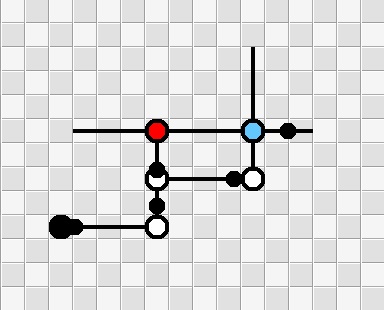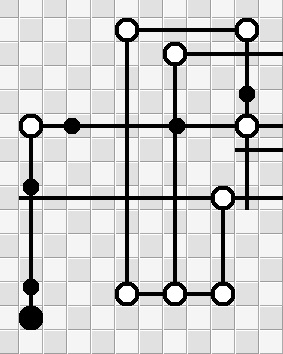I was having a conversation today with a friend about the possibilities of an eccescopic future. He was in the middle of describing the possibilities that are emerging as technology allows us to be ever more aware of the world around us — like the friend in town for just one day who happens to be in a cafe around the corner, or the rare book we’ve been looking for that just happens to be in a used book store one street over.
As our portable information devices increase in power, we will become used to being alerted to such happy accidents; they will come to seem normal. My friend was very enthusiastic about these possibilities.
But as he was speaking, a phrase popped into my head: “The tyranny of flexibility”. For even as technology allows our day-to-day options to grow, life has a way of incorporating that very flexibility to create some unpleasant surprises.
For example, there was a time — until about fifteen years ago — when you could make a plan to meet a friend at a coffee shop, and you knew, with great certainty, that you would see that friend. But then cellphones came into popular use, and it became possible to cancel plans at a moment’s notice. As people learned they could opportunistically juggle their various social possibilities, a certain civility seemed to become lost.
I’m not saying that the cellphone is bad, only that it was not the coming of a kind of Utopia that people living in an earlier era might have imagined it to be.
Similarly, once everyone knows that you are sitting in that cafe during your one day in town, new kinds of social obligations will emerge. And knowing that there is a store just one block out of your way that carries something your friend or spouse has been looking for might obligate you to take the detour to pick it up on your way home.
I’m not saying these particular things will happen. Frankly, I don’t know what will happen. But I do know that technological progress never actually leads to Utopia — it just leads to different day-to-day realities. We always end up being stuck with ourselves and with each other, in all of our particular, prickly, fascinating and sometimes exasperating humanness.


